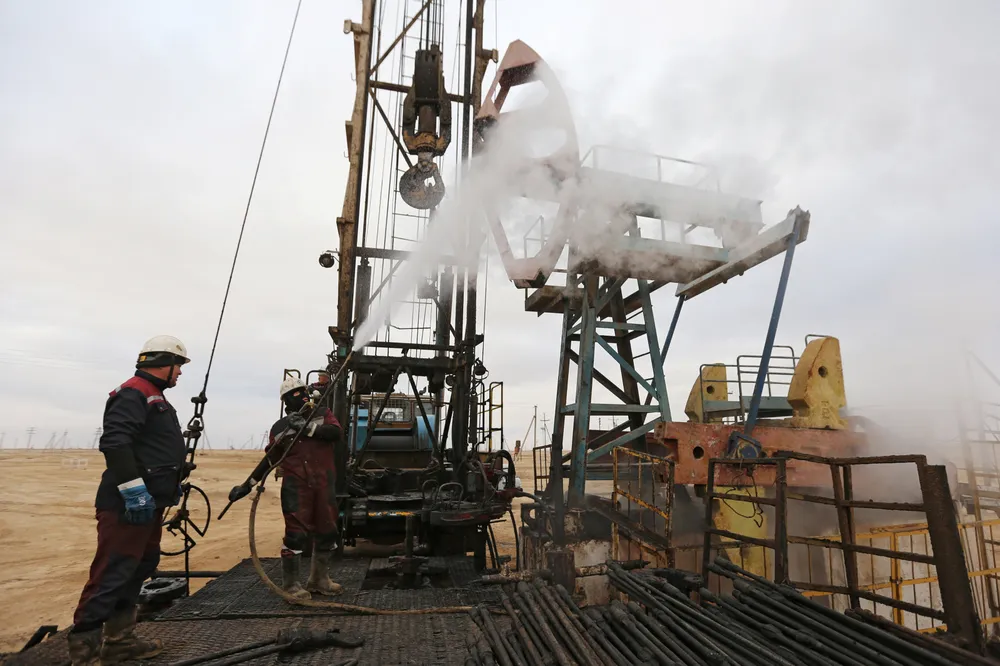Kazakhstan drops oil and gas blocks from upcoming auction
Authorities still hope for some interest from investors for remaining areas on offer, eying alternative export route

Authorities still hope for some interest from investors for remaining areas on offer, eying alternative export route
